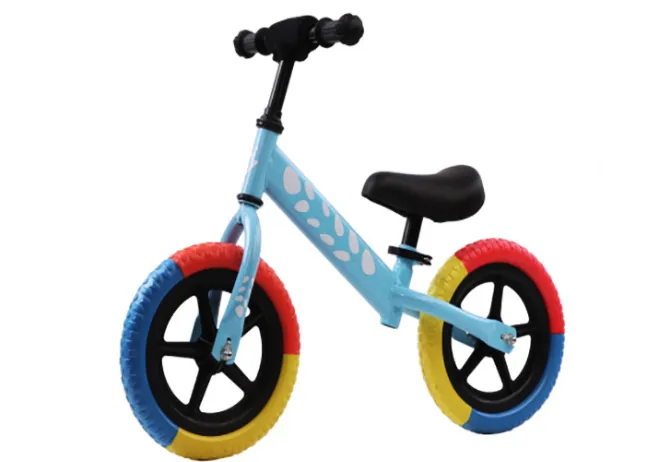
- Afrikaans
- Albanian
- Amharic
- Arabic
- Armenian
- Azerbaijani
- Basque
- Belarusian
- Bengali
- Bosnian
- Bulgarian
- Catalan
- Cebuano
- Corsican
- Croatian
- Czech
- Danish
- Dutch
- English
- Esperanto
- Estonian
- Finnish
- French
- Frisian
- Galician
- Georgian
- German
- Greek
- Gujarati
- Haitian Creole
- hausa
- hawaiian
- Hebrew
- Hindi
- Miao
- Hungarian
- Icelandic
- igbo
- Indonesian
- irish
- Italian
- Japanese
- Javanese
- Kannada
- kazakh
- Khmer
- Rwandese
- Korean
- Kurdish
- Kyrgyz
- Lao
- Latin
- Latvian
- Lithuanian
- Luxembourgish
- Macedonian
- Malgashi
- Malay
- Malayalam
- Maltese
- Maori
- Marathi
- Mongolian
- Myanmar
- Nepali
- Norwegian
- Norwegian
- Occitan
- Pashto
- Persian
- Polish
- Portuguese
- Punjabi
- Romanian
- Russian
- Samoan
- Scottish Gaelic
- Serbian
- Sesotho
- Shona
- Sindhi
- Sinhala
- Slovak
- Slovenian
- Somali
- Spanish
- Sundanese
- Swahili
- Swedish
- Tagalog
- Tajik
- Tamil
- Tatar
- Telugu
- Thai
- Turkish
- Turkmen
- Ukrainian
- Urdu
- Uighur
- Uzbek
- Vietnamese
- Welsh
- Bantu
- Yiddish
- Yoruba
- Zulu
Nov . 22, 2024 17:47 Back to list
mountain bike size chart
When it comes to purchasing a mountain bike, selecting the right size is crucial for both comfort and performance. A proper fit enhances riding efficiency, minimizes the risk of injury, and allows for better control over the bike. Understanding the mountain bike size chart can simplify this process significantly.
Mountain bike sizes are typically categorized into four main frame sizes small, medium, large, and extra-large. These sizes correspond to the rider’s height and inseam measurement. Height is generally the most straightforward metric to consider when consulting a size chart, but inseam measurement can provide additional precision.
When it comes to purchasing a mountain bike, selecting the right size is crucial for both comfort and performance
. A proper fit enhances riding efficiency, minimizes the risk of injury, and allows for better control over the bike. Understanding the mountain bike size chart can simplify this process significantly.In addition to height, inseam measurement is critical in determining the appropriate top tube and standover height. The standover height is the height of the top tube from the ground. Riders should have at least 1-2 inches of clearance when straddling the bike. This clearance allows for safe dismounting and helps build confidence while riding.
mountain bike size chart

Another essential factor to consider is riding style. Riders interested in aggressive downhill biking may prefer a smaller frame for better maneuverability, while those focused on cross-country performance may benefit from a larger frame for increased efficiency on ascents.
Test rides can also greatly contribute to finding the right size. If possible, visit local bike shops to try different models and sizes. Adjusting the saddle height and handlebar position can also make a significant difference in comfort and control.
Finally, while the mountain bike size chart provides a good starting point, personal preference should not be overlooked. Each rider has unique body proportions and riding styles, which might lead them to prefer a size outside of the recommended range.
In conclusion, selecting the right mountain bike size is a blend of consulting the size chart, considering inseam measurements, accounting for riding style, and personal testing. With the correct size, riders can fully enjoy the exhilaration that comes with mountain biking while ensuring safety and comfort on the trails.
-
The Ultimate Kids' Four-Wheeler Experience
NewsJul.09,2025
-
The Ultimate Guide to Mountain Bikes: Gear Up for Your Ride
NewsJul.09,2025
-
The New Age of Cycling: Electric Bikes for Every Rider
NewsJul.09,2025
-
The Best Kids Bicycles: Ride in Style and Safety
NewsJul.09,2025
-
The Best 3-Wheel Scooters for Kids: Fun, Safety, and Adventure
NewsJul.09,2025
-
Revolutionize Your Ride: Affordable Electric Bikes
NewsJul.09,2025
-
Finding the Perfect Mountain Bike for Every Rider
NewsJul.09,2025



